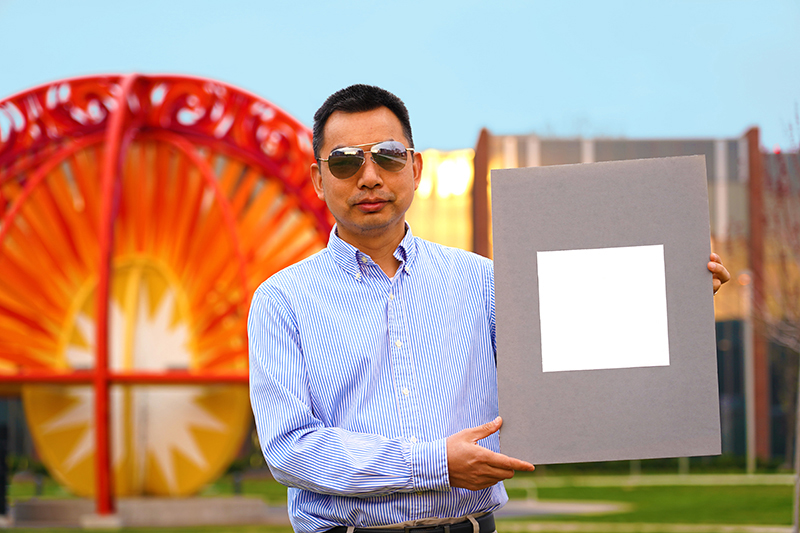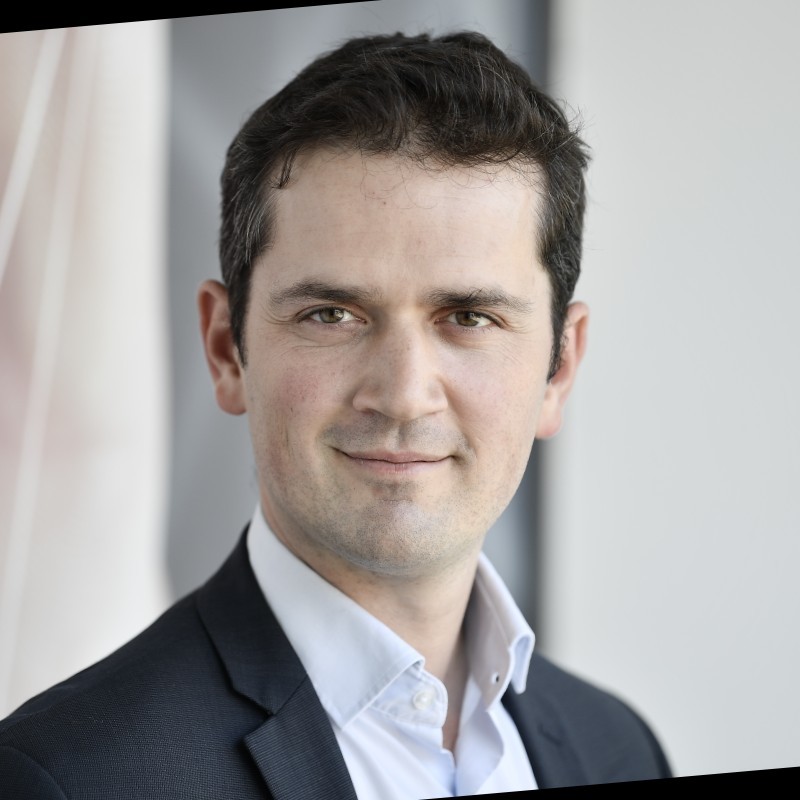


ENGIE Lab CRIGEN is working on zero-carbon cooling solutions using a disruptive radiative sky cooling approach that sends out calories into space.. ENGIE Lab is also active in the standardization of these ‘Cool Roof’ paintings and films.
Radiative sky cooling is a natural phenomenon that refers to the way forests and deserts release the day’s heat at night through thermal infrared radiation, and send it into cold space.
In an effort to curb global warming, this zero-carbon process has been replicated as an eco-friendly alternative to polluting industrial cooling processes. One notable example is ENGIE’s current work on sky cooling solutions that use water to transfer heat to a radiant panel, which in turn sends the heat into the atmosphere and creates a cooling effect.
White-painted roofs have also been used for centuries as a technique to cool buildings. But the white paints currently available only reflect between 80 and 90% of sunlight and absorb UV light, which means they can’t make surfaces cooler than ambient temperatures.
But now researchers from Purdue University in the United States have developed the “whitest-ever” paint that can reflect up to 98.1% of sunlight as well as radiate infrared heat through the atmosphere into space. The paint could help cool buildings and reduce the need for air conditioning, thus saving energy and tackling climate change.
Xiulin Ruan, a Purdue professor of mechanical engineering, explains: “If you were to use this paint to cover a roof area of about 1,000 square feet, we estimate that you could get a cooling power of 10 kilowatts. That’s more powerful than the central air conditioners used by most houses.”
Here are more details about the ultra-white paint:
Louis Gorintin, head of the Nanotech, Sensors & Wireless Lab at ENGIE Lab CRIGEN explains: “According to Purdue University, this paint overperforms currently commercially available ‘Cool Roof’ painting or film by using specialized material that allows it to both enhance emitted heat to the sky and reduce the heat coming from the sun through radiation. This paint simply beats the greenhouse effect: each square meter can reduce up to 100m² of global warming effect under the 1,5 °C target. Other parameters need to be assessed to validate the usefulness of such painting such as: robustness under harsh condition, durability, material cost and material scarcity. But the product is promising and should enable the development of new devices such as those tested in ENGIE Lab CRIGEN under the Cygnus program and that could be qualified on the dedicated test bench or on the climate chamber. Via this program, ENGIE Lab CRIGEN is working on zero-carbon cooling solutions using a disruptive radiative sky cooling approach that sends out calories into space. This alternative to standard refrigeration and air-conditioning equipment could prove beneficial for long-term energy savings and profitability. ENGIE Lab is also active in the standardization of these ‘Cool Roof’ paintings and films through CEN CENELEC.”